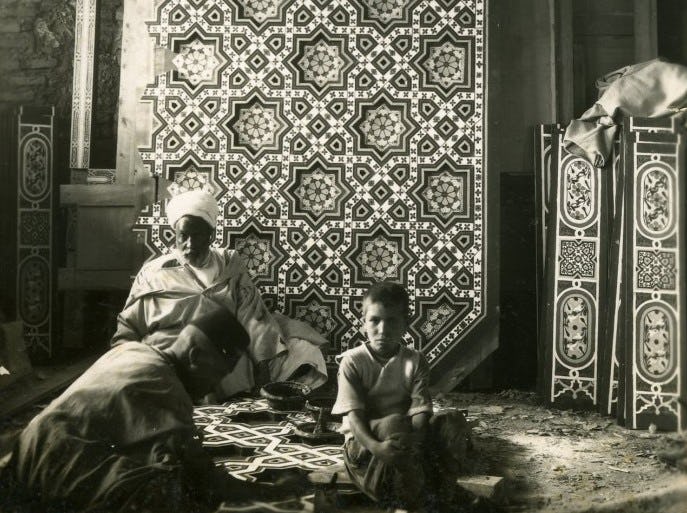Voided Silk Velvet Brocade Cushion Cover (Çatma)
Date17th century
PeriodOttoman
MediumSilk velvet
DimensionsOverall: 26 3/4 x 52 in. (67.9 x 132.1cm)
ClassificationsTextiles
Object number83.2
DescriptionThis çatma cushion cover exemplifies luxury Ottoman textile design in the 1600s. Within the large, central medallion, twelve blossoms encircle a small sunburst design. The medallion ends with trefoil finials on either side. The four corners, or “spandrels,” are decorated with delicate rosebuds. The “lappets,” the outer edges of the çatma are adorned with delicate rosebuds and hyacinth blossoms.A çatma is a brocaded velvet made primarily in the Ottoman city of Bursa. The textile is woven from silk imported from Iran and dyed with a combination of madder-red, made from a root found in Anatolia, and cochineal, made from tiny, crushed-up insects imported from Mexico. The sections of the design that are now white were originally shimmering gold, woven from silk wrapped in precious metal. This type of textile would have been woven by many hands in a workshop. The intricate pattern would have been set up by an expert designer called a nakşbend and replicated by the weavers many times.
Created for mass consumption, these textiles were purchased by wealthy and upper-class families, a prized possession at home in the Ottoman empire and abroad. In Ottoman empire, the çatma were used to upholster the sedir, the long, low bench that lined the living spaces of the wealthy, where it would have caught the eye of visitors and signaled the affluence of the owners.
On View
Not on view16th - 17th century
17th century
16th - 17th century
Dated 1271 AH (1854 - 1855 CE)
Dated 1271 AH (1854 - 1855 CE)
19th - 20th century
Dated 1227 AH / 1812 CE
Dated 1227 AH (1812 CE)














